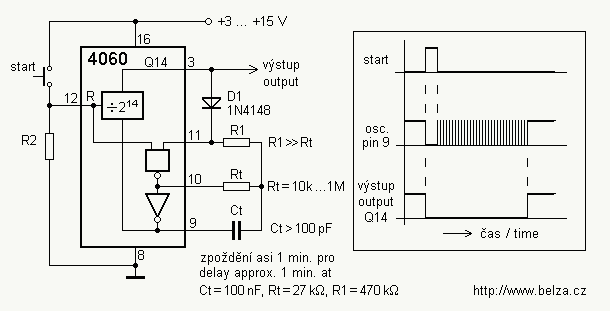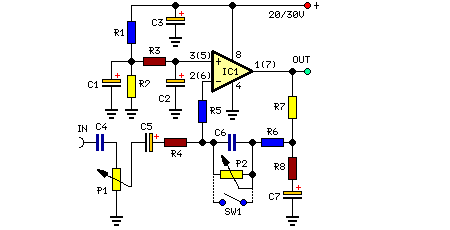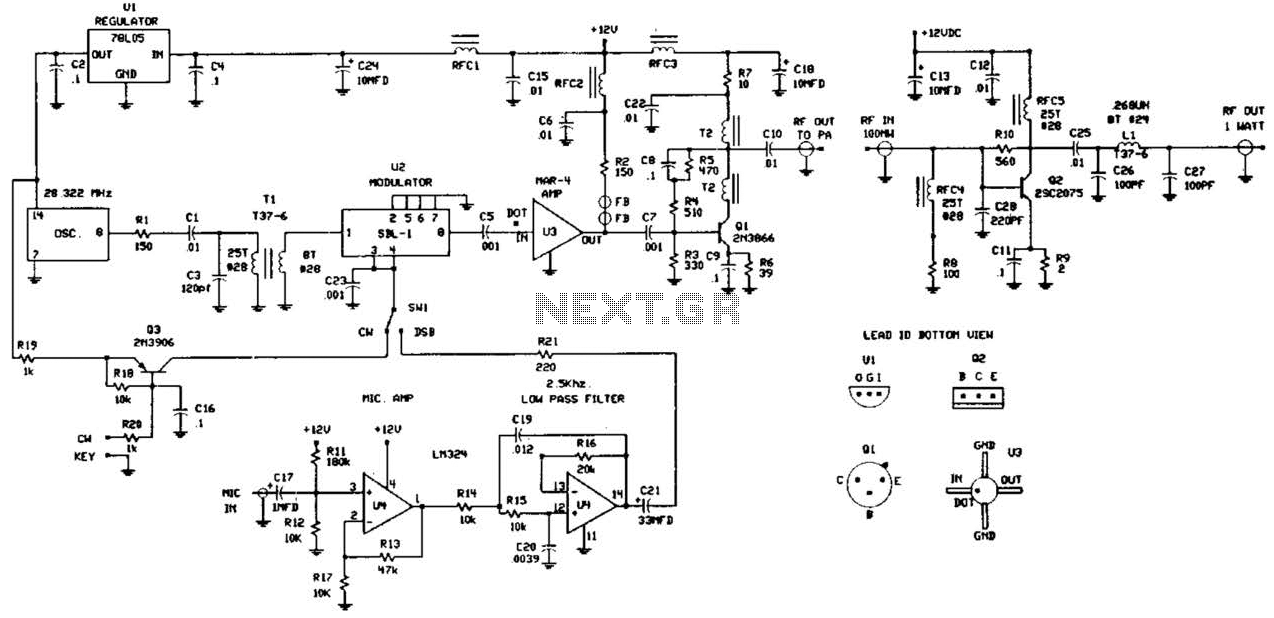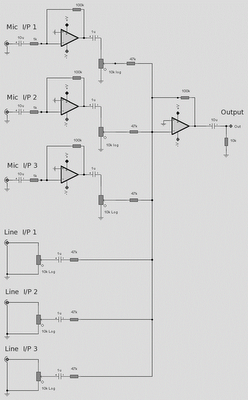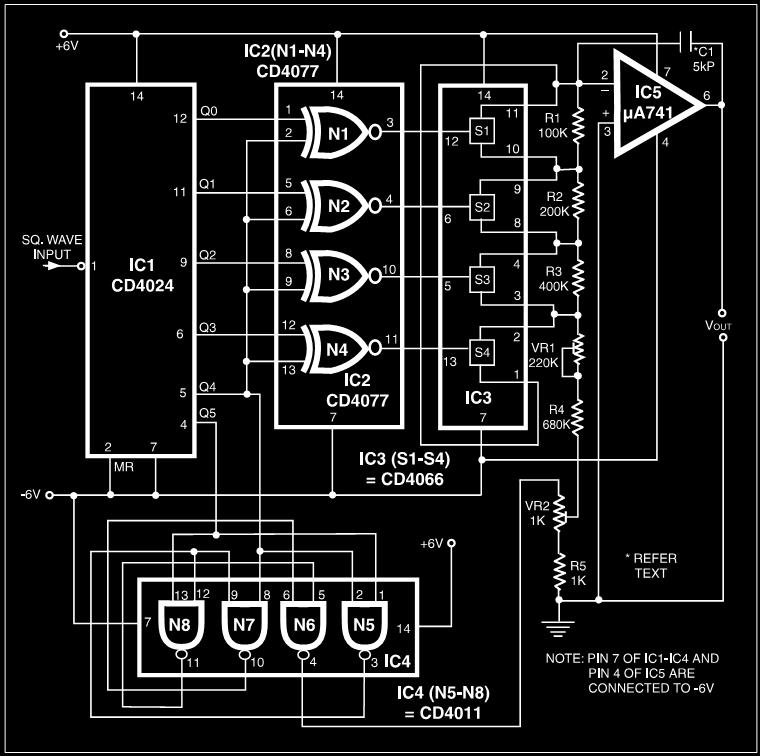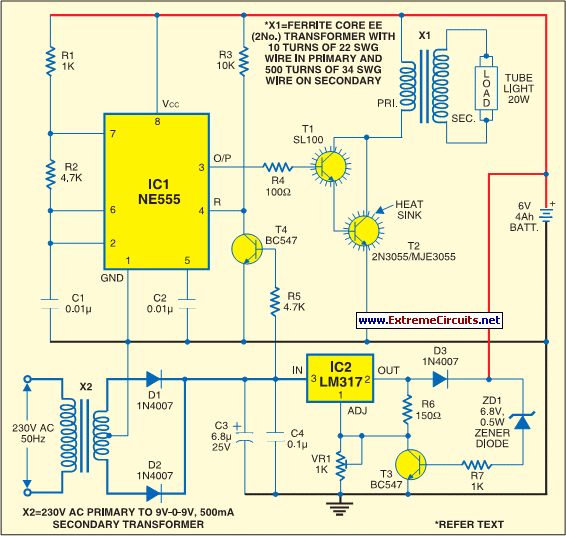
Four-way operation of the reverse brake circuit
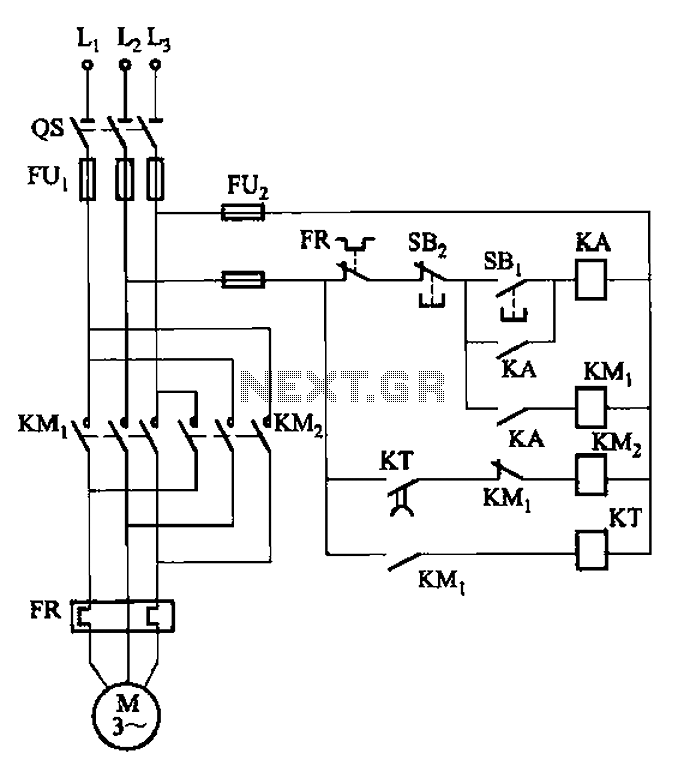
The circuit illustrated in Figure 3-127 utilizes a time relay (KT) in place of a speed relay. The timing duration is adjustable and typically set between 1 to 2 seconds. This circuit is designed to operate effectively in dusty environments and other challenging conditions.
The circuit in question employs a time relay, specifically the KT model, which serves as a critical component for timing control. The adjustable timing range of 1 to 2 seconds allows for flexibility in various applications, enabling the circuit to accommodate different operational requirements. This feature is particularly advantageous in environments where precise timing is essential for functionality.
The use of a time relay instead of a speed relay suggests that the application may involve processes that require a delay before activation or deactivation. This can be crucial in scenarios where dust and other environmental factors may impede the performance of more sensitive components. The design ensures reliability in less-than-ideal conditions, making it suitable for industrial settings or outdoor applications where exposure to contaminants is prevalent.
The circuit likely includes additional components such as resistors, capacitors, and possibly diodes to ensure stable operation and to protect against voltage spikes. Proper selection of these components is essential for maintaining the integrity of the timing function and ensuring that the relay operates within its specified parameters.
Overall, this circuit design represents a robust solution for timing applications in harsh environments, combining adaptability with reliability. Circuit shown in Figure 3-127. It uses the time relay KT instead of the speed relay. Plugging time determined by the KT set. Generally 1-2s (adjustable). The circuit is suitabl e for dusty environment, etc. poor occasions.
The circuit in question employs a time relay, specifically the KT model, which serves as a critical component for timing control. The adjustable timing range of 1 to 2 seconds allows for flexibility in various applications, enabling the circuit to accommodate different operational requirements. This feature is particularly advantageous in environments where precise timing is essential for functionality.
The use of a time relay instead of a speed relay suggests that the application may involve processes that require a delay before activation or deactivation. This can be crucial in scenarios where dust and other environmental factors may impede the performance of more sensitive components. The design ensures reliability in less-than-ideal conditions, making it suitable for industrial settings or outdoor applications where exposure to contaminants is prevalent.
The circuit likely includes additional components such as resistors, capacitors, and possibly diodes to ensure stable operation and to protect against voltage spikes. Proper selection of these components is essential for maintaining the integrity of the timing function and ensuring that the relay operates within its specified parameters.
Overall, this circuit design represents a robust solution for timing applications in harsh environments, combining adaptability with reliability. Circuit shown in Figure 3-127. It uses the time relay KT instead of the speed relay. Plugging time determined by the KT set. Generally 1-2s (adjustable). The circuit is suitabl e for dusty environment, etc. poor occasions.
Warning: include(partials/cookie-banner.php): Failed to open stream: Permission denied in /var/www/html/nextgr/view-circuit.php on line 713
Warning: include(): Failed opening 'partials/cookie-banner.php' for inclusion (include_path='.:/usr/share/php') in /var/www/html/nextgr/view-circuit.php on line 713
